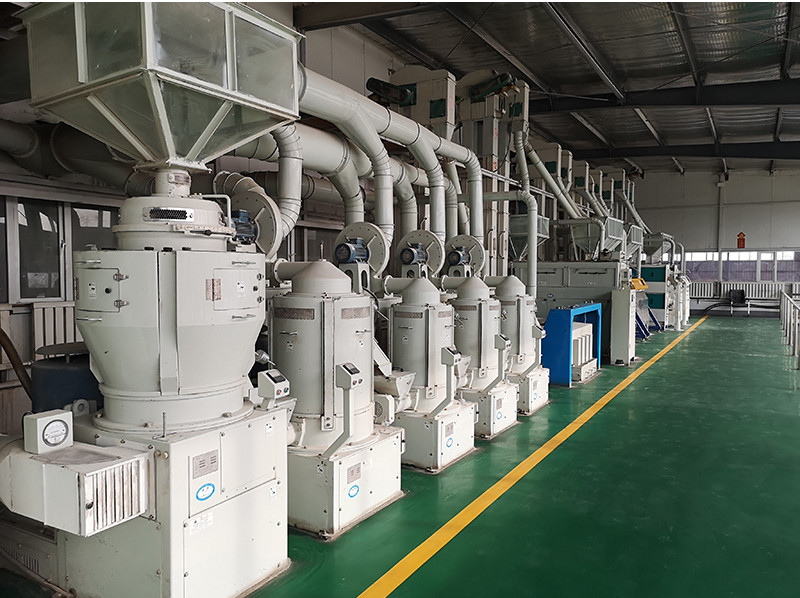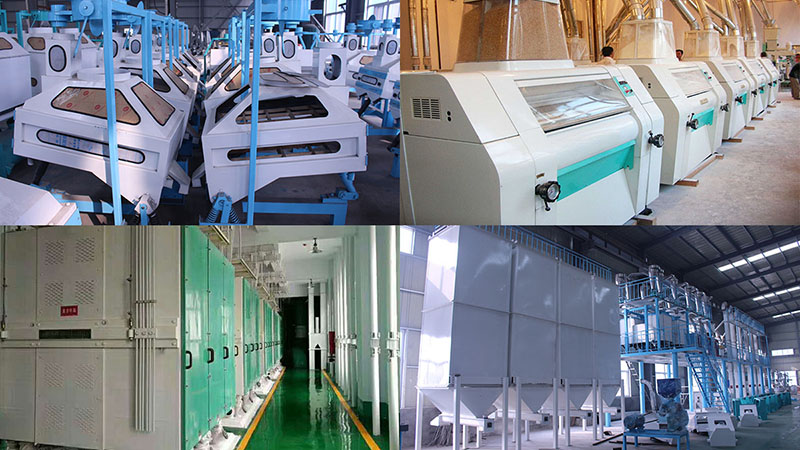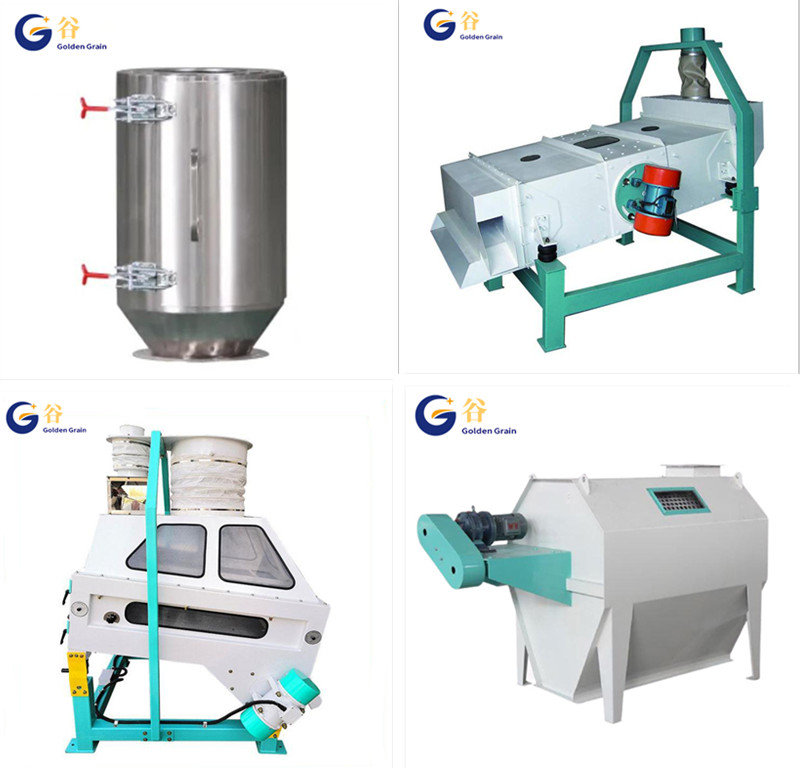Factors affecting the processing efficiency of grain processing plants
Factors affecting the processing efficiency of grain processing plants
Grain processing efficiency refers to the degree of quality and yield rate of finished products processed from raw grains. Grain processing efficiency refers to the value-added degree of food processing in a market economy, that is, the amount of profit. Food processing effects include both food processing efficiency and food processing benefits.

Factors affecting the efficiency of grain processing include raw grain quality, raw grain processing (cleaning, moisture adjustment, etc.), hulling and grinding sieving powder, finished product configuration, quality inspection and maintenance work.
Food processing benefits include processing efficiency. Food processing efficiency should be subject to food processing benefits. The thinking levels and scope of the two are different, but they cannot be separated. This is the systematic and integral nature of horizontal thinking.
Requirements for measuring the efficiency of food processing
The best efficiency is the best quality of finished products, the highest yield, uniform product quality, stable operation and low production costs.
Rice milling: the yield rate of rice that meets the accuracy standards is the highest; the rice with less broken rice content is the most in the frequency of re-release; the edible quality of the rice is the best among the processed raw grains; the quality of the rice is uniform during long-term processing, which is a good product The reputation of the brand in the minds of consumers is extremely important for stable sales; the premise of achieving uniformity is that the daily, monthly, and quarterly processing operations are stable, and there are no or very few fluctuations and interruptions.

Flour milling: the accumulated ash of flour is low, and the accumulated flour extraction rate is high; the quality of the food produced by the configured flour is the best; the uniformity of product quality and the requirements of stable operation are the same as those of rice milling.

Raw grain processing
Raw grain processing includes cleaning, variety separation, moisture adjustment and matching. For cleaning, adjust the sieve holes according to the grain size of the raw grain, and adjust the flow rate, the inclination angle of the sieve surface and the air volume according to the impurity content. Wheat moisture adjustment is to make the bran tough and the endosperm soft and ripe. The two are easy to separate during grinding. The adjusted moisture is generally 14% to 17%. After a long period of storage, rice generally has a low moisture content. Increased moisture content by water adjustment makes it easy to hull and mill rice, reduce the rate of breakage, and make the finished rice reach the moisture required to ensure the edible quality of rice. Different varieties of raw grains are stored separately, so that the wheat can be matched according to the quality requirements of the finished flour; the rice can be processed in different varieties, which is conducive to the configuration of different quality rice.

Finished product preparation
The preparation of rice includes separating large, medium, and small broken rice and different rice with broken pieces, and storing them separately; then configure grade 1 to 6 rice according to the broken rate of international grade rice, and match as much as possible with high-priced, broken rice Less 1 level meter. Different varieties of rice and rice with different degrees of aging are stored separately, and can be prepared into rice with different edible qualities. When the moisture of the finished rice is lower than the standard, the impingement can be increased.
Flour mills store different quality flours separately, and then prepare grade flour or special flour that meets the standard. The use of additives can improve the gluten and pink color of the flour, and use a coarse-hole sieve to process the ex-factory flour to remove possible clumps or foreign matter. Use high-speed impact machines to kill pests, especially in summer and when long-distance transportation is required.
Among the several factors that affect the efficiency of food processing: the magnitude of each index value, the strength of the operation level, the order of work arrangements, the length of time required, and the amount of production costs have their limits. They are at different times and locations. , Combine the maximum capacity value (allowable value) within the limit range of the six factors at the point of mutual restriction and coordination, that is, the "same" point, in order to achieve the best grain processing efficiency. At this time, the maximum capacity value is " Threshold point".
In order to obtain the best grain processing efficiency, rice millers and flour millers must carefully judge and determine the "threshold points" of these factors, and must have familiarity with the performance of the processing technology and equipment, and the knowledge of the relationship between the technology and equipment; they must have the operation The ability to dispatch and must have solid practical experience.
